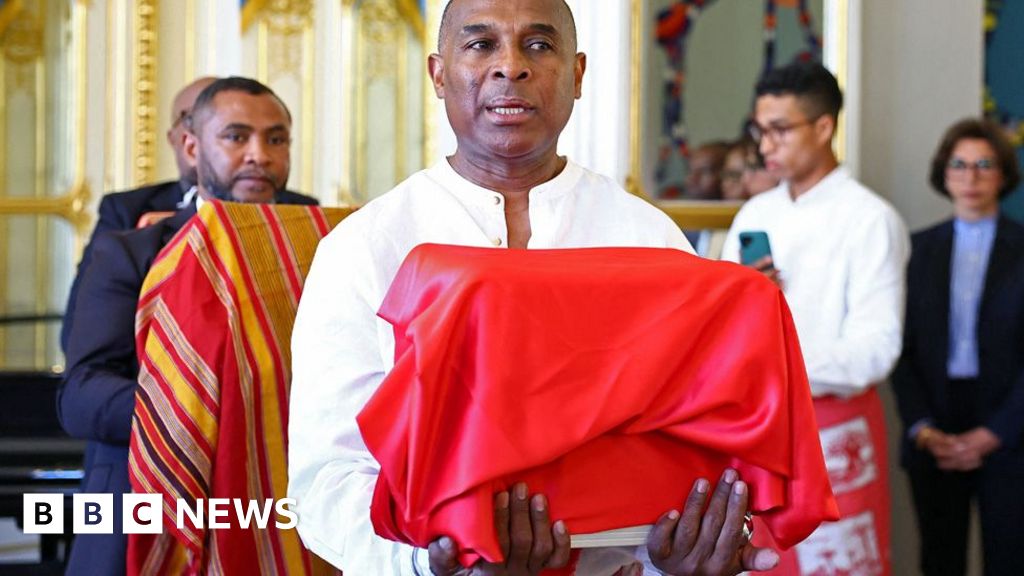The tradition of selecting a name dates back to 533 AD with Pope Mercurius—who changed his name to John II due to pagan associations—paving the way for future pontiffs to align themselves with the values and legacy of their chosen namesakes. Notably, Pope Francis chose to recognize St. Francis of Assisi, reflecting his commitment to humility and economic justice, while John Paul II’s title served as a homage to his short-lived predecessor, John Paul I.
The implications of a chosen name are significant. A future Pope John Paul III might emphasize social justice, while a Pope Pius XIII could represent a return to traditional teachings. Conversely, a Pope John XXIV might signal a new wave of reform and modernity within the Church.
The awaited announcement will occur from the papal balcony at St. Peter’s Basilica, where Cardinal Dominique Mamberti will formally declare "Habemus papam" or "We have a pope," unveiling the name that will resonate through the Catholic Church for years to come.
Patricia Mazzei covers Florida and Puerto Rico as a lead reporter for The New York Times.
The implications of a chosen name are significant. A future Pope John Paul III might emphasize social justice, while a Pope Pius XIII could represent a return to traditional teachings. Conversely, a Pope John XXIV might signal a new wave of reform and modernity within the Church.
The awaited announcement will occur from the papal balcony at St. Peter’s Basilica, where Cardinal Dominique Mamberti will formally declare "Habemus papam" or "We have a pope," unveiling the name that will resonate through the Catholic Church for years to come.
Patricia Mazzei covers Florida and Puerto Rico as a lead reporter for The New York Times.






















